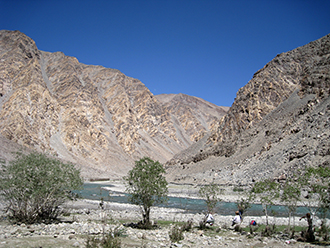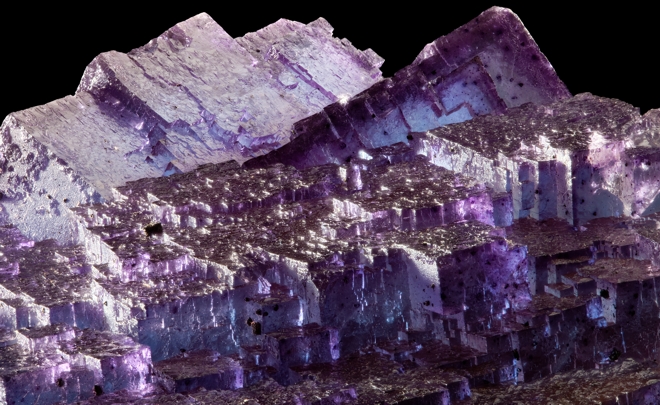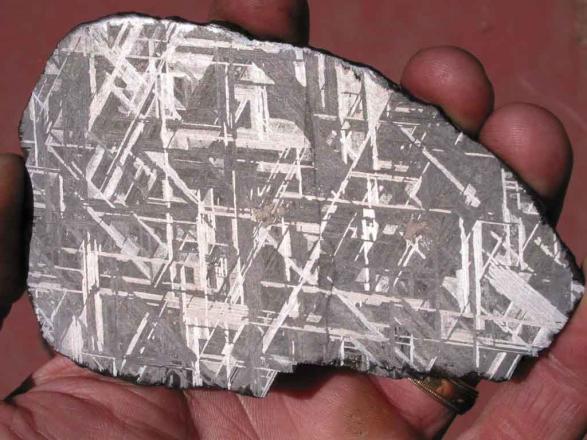Geological collections
The geological collections of Luomus stores evidence of the geological and biological diversity during the 4.5 billion years of Earth history.
The collections are divided into rock and mineral collections and paleontological collections. These include ca. 50 000 specimens of minerals and rocks, ca. 600 meteorites and ca. 44 000 samples of fossils and bones.
Notable parts of the most valuable collections have been donated by renowned historic scientists, such as general covernor Fabian Steinheil (1762–1831), professor A. von Nordmann (1803–1866), mineralogist A. Gadolin (1828–1892), explores-mineralogist A.E. Nordenskiöld (1832–1901), professor Th.G. Sahama (1910–1983) and professor Björn Kurtén (1924–1988).
New specimens for the collections are presently acquired mainly in context of scientific expeditions.
 |
 |
Rock and mineral collections
 Elements originated in the Big Bang combine into solid crystals, minerals. While gold and carbon frequently occur in nature as elements, other elements typically form compounds to reach their most stable state - hydrogen and oxygen into ice, fluorine and calcium into fluorite. The composition and structure of minerals provide information on the temperature and pressure of crystallisation and the compositional characteristics of natural systems.
Elements originated in the Big Bang combine into solid crystals, minerals. While gold and carbon frequently occur in nature as elements, other elements typically form compounds to reach their most stable state - hydrogen and oxygen into ice, fluorine and calcium into fluorite. The composition and structure of minerals provide information on the temperature and pressure of crystallisation and the compositional characteristics of natural systems.
 Rock are made of one or several mineral species. They are formed in volcanic regions as molten rock cools and crystallises as igneous rocks that subsequently disintegrate due to weathering. The grains are then transported by gravity, water, and wind until they are deposited and later solidified as sedimentary rocks. Ultimately, rocks made of magmas or layers of clay and sand may transform into metamorphic rock types, baked and deformed in the great heat and pressure of folding mountain belts and, sometimes, in asteroid impacts.
Rock are made of one or several mineral species. They are formed in volcanic regions as molten rock cools and crystallises as igneous rocks that subsequently disintegrate due to weathering. The grains are then transported by gravity, water, and wind until they are deposited and later solidified as sedimentary rocks. Ultimately, rocks made of magmas or layers of clay and sand may transform into metamorphic rock types, baked and deformed in the great heat and pressure of folding mountain belts and, sometimes, in asteroid impacts.
The specialities of our collections include the oldest rock type of Europe and rare Finnish meteorites and gemstones.